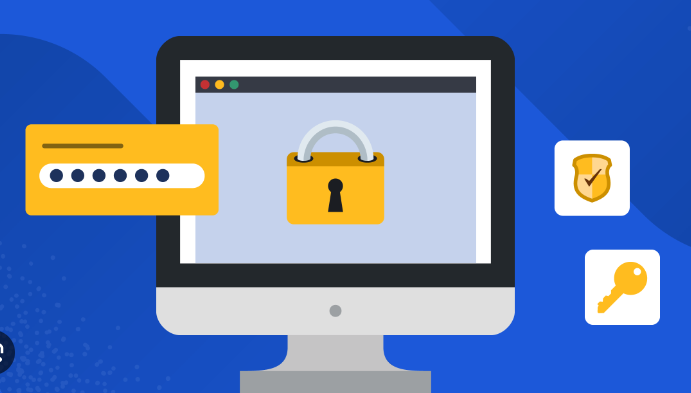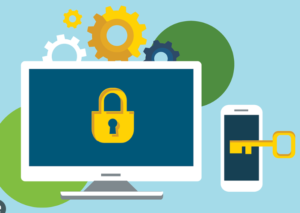Implementing OAuth authentication in Django allows users to log in to your application using their existing social media or third-party accounts, such as Google, Facebook, or Twitter. This enables a seamless authentication experience and eliminates the need for users to create new accounts. Here’s a general guide on how to implement OAuth authentication in Django:
- Choose an OAuth provider:
- Select the OAuth provider(s) you want to integrate with your Django application, such as Google, Facebook, Twitter, GitHub, etc.
- Create developer accounts on the chosen OAuth provider(s) and obtain the necessary client credentials (client ID and client secret).
- Install and configure the required packages:
- Install the
social-auth-app-djangopackage, which provides OAuth integration for Django. - Add
'social_django'to theINSTALLED_APPSlist in your Django project’s settings. - Configure the OAuth provider(s) in your Django settings, specifying the client credentials and callback URLs.
- Set up URLs and views:
- Define URL patterns for the OAuth authentication process, including the login URL, callback URL, and logout URL.
- Create views to handle the OAuth authentication flow, such as initiating the login process, handling the callback, and logging out the user.
- Customize the authentication pipeline:
- Customize the authentication pipeline provided by the
social-auth-app-djangopackage to handle user creation and linking with existing accounts. - Implement additional steps in the pipeline as needed, such as retrieving user profile information from the OAuth provider.
- Add login buttons and UI elements:
- Update your templates to include login buttons or links for the OAuth providers you’ve integrated.
- Use the
{% provider_login_url %}template tag provided bysocial-auth-app-djangoto generate the OAuth login URLs.
- Test the OAuth authentication flow:
- Launch your Django application and verify that the OAuth login buttons appear as expected.
- Clicking on a login button should initiate the OAuth authentication flow, redirecting the user to the provider’s login page.
- After successful authentication, the user should be redirected back to your Django application and logged in.
- Secure and protect sensitive data:
- Ensure that sensitive OAuth credentials, such as the client secret, are stored securely and not exposed in your codebase or version control system.
- Consider encrypting or storing these credentials in environment variables.
- Handle user authorization and permissions:
- Once a user is authenticated via OAuth, determine their authorization and assign appropriate permissions within your Django application.
- You can use Django’s built-in permission system or implement custom logic to control access to certain views or functionality.
- Test thoroughly and handle error scenarios:
- Perform thorough testing of the OAuth authentication flow, including successful logins, failed logins, and error scenarios.
- Handle cases where the OAuth provider returns errors or the authentication process fails gracefully, providing informative error messages to users.
- Provide account linking and disconnection:
- If you allow users to authenticate via multiple OAuth providers, implement the ability for users to link and unlink their accounts.
- Provide options for users to disconnect or revoke access to their OAuth provider accounts from your Django application.
Remember to refer to the documentation and guidelines provided by the specific OAuth provider(s) you’re integrating with, as their implementation details may vary. OAuth authentication can enhance user experience and streamline the registration and login process in your Django application, making it more convenient and user-friendly.v




